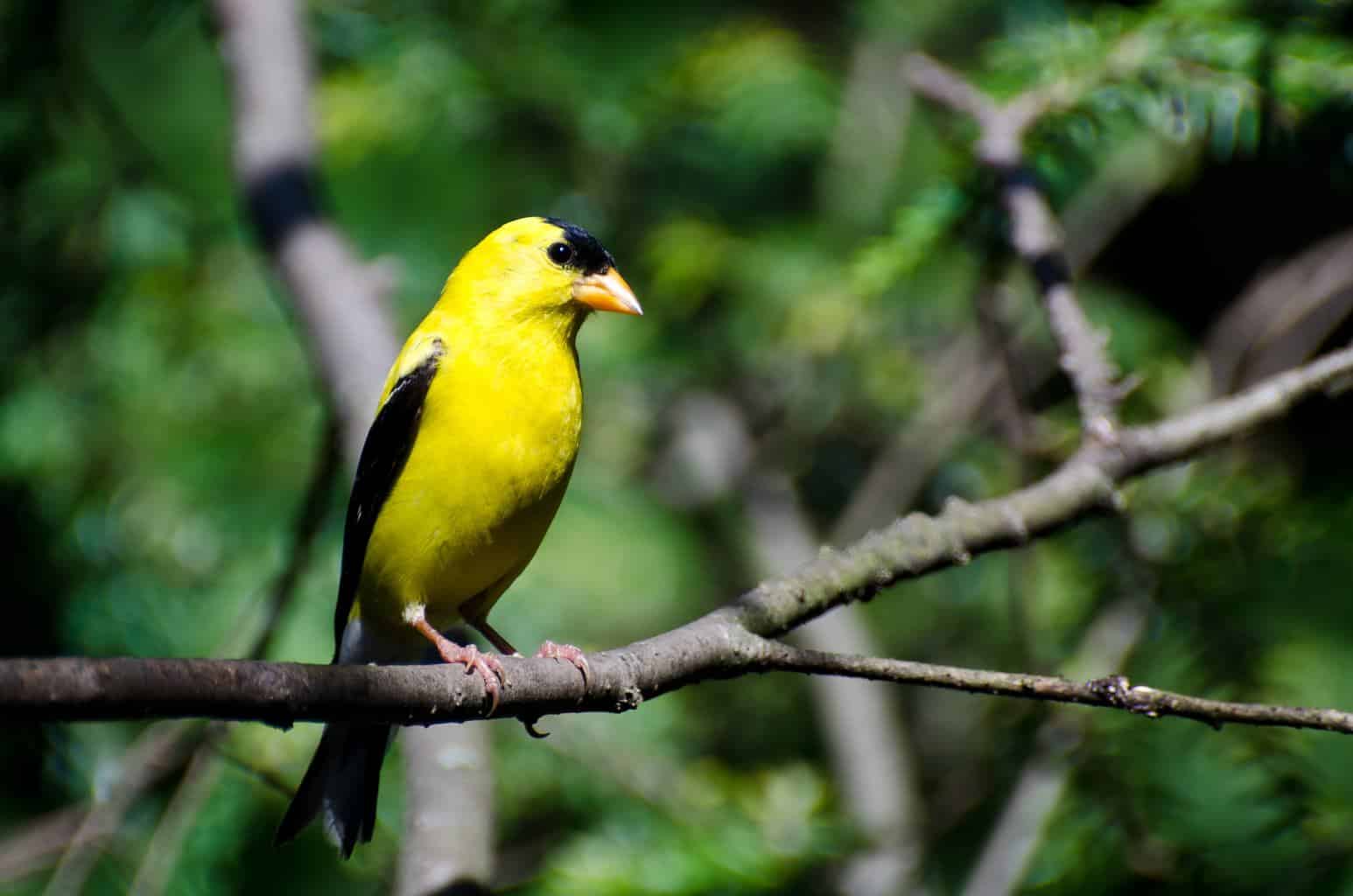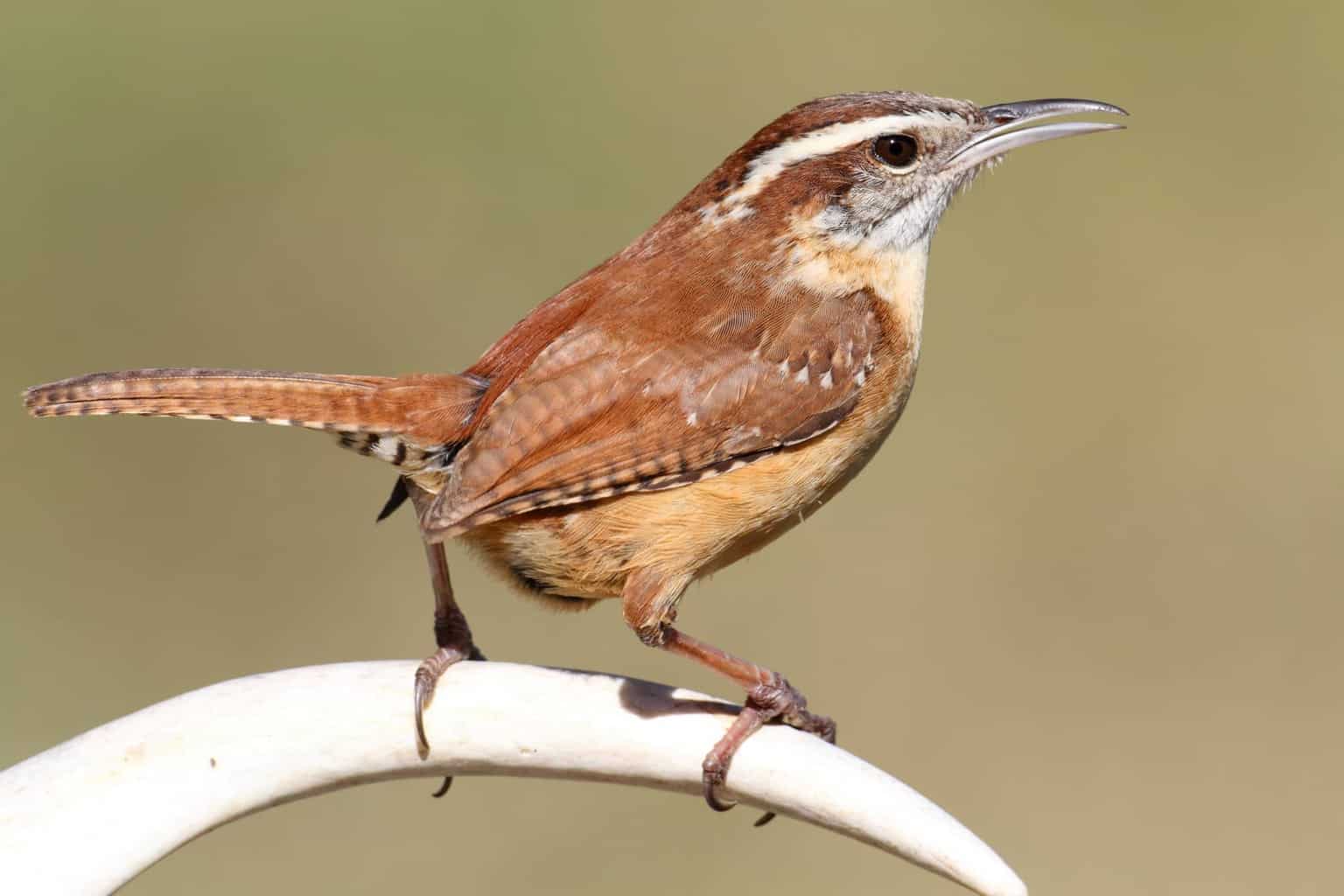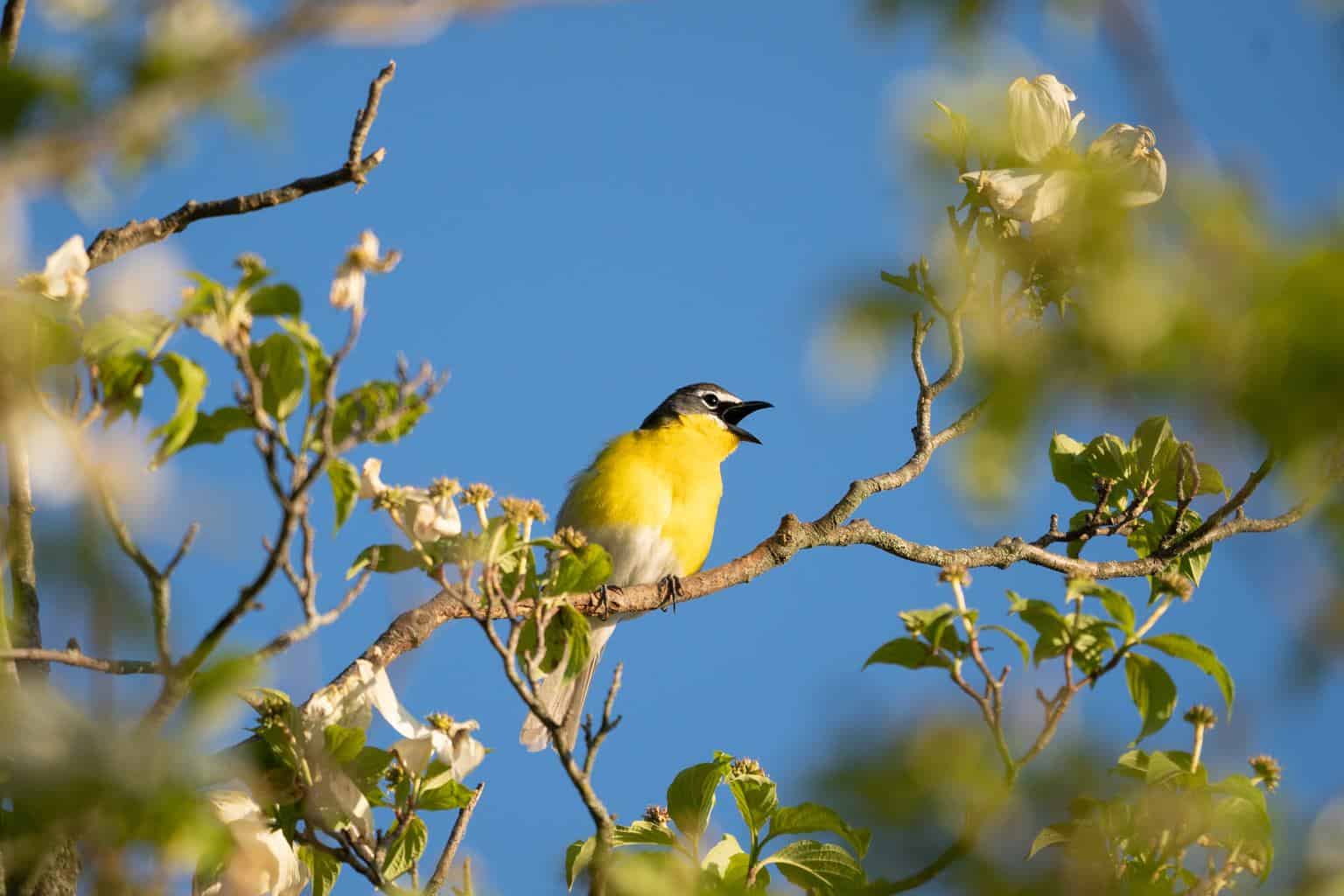We all know that birds can sing…but did you know that some of them can also whistle? That’s right, there are certain birds out there that’ll make you do a double-take with how eerily similar they sound to humans.
As an avid birdwatcher, I’ve certainly been caught off guard by a strangely human-sounding whistle. With the aid of this list, you’ll be more than equipped to identify the bird that’s caught your attention.
Key Takeaways
- Birds That Whistle Like Humans: There are 10 bird species with calls resembling human whistles, including the white-throated sparrow and northern mockingbird.
- Vocal Variety: Each bird mentioned in our list has a unique whistle that highlights nature’s fascinating array of vocal abilities, with some mimicking other birds and even human sounds.
- Whistling Insights: Not all birds can whistle, but those that do use it as an effective communication tool. Some birds can even respond to human whistles.
So, which birds make these unique sounds? Here are 10 of them:
White-Throated Sparrow

- Length: 5.9 to 7.5 in
- Weight: 0.92 oz (average)
- Wingspan: 9.1 in
- Distribution: Breeding in Canada, but winter in eastern and southern North America
The white-throated sparrow is a small bird with a big talent for whistling. Its distinctive song sounds like “Oh sweet Canada, Canada, Canada!” and is often used in birding recordings.
During breeding season, the white-throated sparrow’s range extends from Alaska to Newfoundland. In the winter, these birds can be found in southern North America as well as Mexico.
Northern Mockingbird

- Length: 8.1 to 11.0 in
- Weight: 1.4–2.0 oz
- Wingspan: 12–15 in
- Distribution: Maritime Canada, British Columbia, North America, Mexico
The northern mockingbird is another bird that is known for its ability to mimic the sounds of other birds (and even humans!). One of its most impressive tricks is sounding like it’s whistling like a person on their way to the mailbox.
This bird has greyish-brown upper parts and white underparts. You’ll also notice long white wing bars and a long tail.
The northern mockingbird is found in southern North America — its range extends from Texas to Virginia.
This two-minute YouTube clip of a particularly chatty northern mockingbird will give you a good idea of what you’re in for. Close your eyes while listening to catch the transition between classic bird chirps and oddly human-sounding whistles.
American Goldfinch

- Length: 4.3–5.5 in
- Weight: 0.39–0.71 oz
- Wingspan: 7.5–8.7 in
- Distribution: North America, southern Canada, northern Mexico
The American goldfinch is a beautiful little bird with a cheerful song that sounds like it’s saying “per-chick-o-ree.” But did you know that this song also includes a few quick notes that sound like whistling?
This bird has a yellow body with black wings and a black tail. The male also has a black cap on its head, while the female has a brownish-streaked cap. The American goldfinch can be found throughout North America’s woodlands, fields, and gardens.
Brown Thrasher

- Length: 9.3 to 12.0 in
- Weight: 2.2 to 3.1 oz
- Wingspan: 11 to 13 in
- Distribution: Eastern North America and Canada
The brown thrasher is a bird of many talents, one of which is (you guessed it!) whistling. Its song sounds like a series of trills and warbles, with a few notes that sound like sharp whistles.
This bird is brown with a reddish-brown breast and several bold streaks along its belly. It also has a long tail that often fans out.
This bird gets its name from its brown plumage and thrashing foraging behavior. You can spot it in open woodlands, scrublands, and forests.
Carolina Wren

- Length: 4.9 to 5.5 in
- Weight: 0.63 to 0.81 oz
- Wingspan: 11 in
- Distribution: Eastern North America
The Carolina wren is a tiny bird with a loud, distinctive song that includes several trills and warbles. But if you listen closely, you’ll also hear some notes that sound suspiciously like they were produced by a human.
This bird has reddish-brown upper parts and a light buff under part. The Carolina wren is found in southeastern North America, and its range extends from North Carolina to Texas.
Eastern Towhee

- Length: 6.8 to 9.1 in
- Weight: 1.1 to 1.9 oz
- Wingspan: 7.9–11.8 in
- Distribution: Eastern North America and southeast Canada
The eastern towhee is another small bird with a big voice, and its song includes several clear notes that sound like whistling.
This bird’s song sounds like “drink your tea, drink your tea”, a common sound in forests throughout eastern North America.
The eastern towhee has black upperparts and reddish-brown underparts. This bird likes to sing in forests, woodlands, and gardens.
House Finch

- Length: 5 to 6 in
- Weight: 0.56 to 0.95 oz
- Wingspan: 8 to 10 in
- Distribution: North America and northern Mexico, breeding in southern Canada
The house finch is a common backyard bird with a cheerful song that includes several short phrases, one of which always sounds like “cheerio, cheerio!”.
This bird has red upperparts and a brownish-streaked underpart. The male also has a red head, while the female has a brownish head. The house finch is found in open woodlands, scrublands, and gardens throughout western North America.
Song Sparrow

- Length: 4.3 to 7.1 in
- Weight: 1.1 oz (average)
- Wingspan: 7.1 to 10.0 in
- Distribution: North America and Canada
The song sparrow is one of the most widespread birds in North America and its melodies vary depending on where it’s found. However, all of them include at least one phrase that sounds an awful lot like human whistling.
The song sparrow has a brownish-streaked upper body and a light-colored underpart. The male has a black head and throat, while the female has a brown head.
Tufted Titmouse

- Length: 5.5 to 6.3 in
- Weight: 0.6 to 0.9 oz
- Wingspan: 7.9 to 10.2 in
- Distribution: Eastern North America, Ontario, and Quebec
The tufted titmouse is another common backyard bird whose high-pitched song includes several clear notes that sound like human whistling.
This bird’s name comes from the tuft of feathers on its head, which makes it look like it’s wearing a tiny titmouse hat!
The tufted titmouse loves to flit around woodlands, scrublands, and gardens. It has a gray upper body and a light-colored underpart. The male also has a black head, while the female has a gray head.
Yellow-Breasted Chat

- Length: 6.7 to 7.5 in
- Weight: 0.71 to 1.19 oz
- Wingspan: 9.1 to 10.6 in
- Distribution: North America and Canada, winters in Mexico, and Central America
Last but not least, we have the yellow-breasted chat, which is more closely related to warblers than to true chats. This bird’s complicated song includes several clear notes that sound exactly like human whistling, making it one of the best examples on this list.
The yellow-breasted chat is the largest chat in North America and can be found in open woodlands, scrublands, and forests throughout eastern North America.
FAQ
Do Birds Copy Whistles?
All birds have unique vocalizations that they use to communicate with other members of their species, but some birds are better at imitating sounds than others.
So, not all birds can copy whistles, but there certainly are some who do!
Do Birds Respond to Human Whistles?
Some birders have had success in attracting birds by whistling at them. Birds may mistake the sound of the human range of whistles for the call of another bird, but it’s also possible that they simply enjoy the sound of whistling and come to investigate.
What Bird Makes a “Cat Call” Whistle?
There are a few different birds that make sounds that resemble the distinctive whistle of a cat call, but the most common one is probably the northern mockingbird.
This bird is found in woods, gardens, and urban areas throughout eastern and southern North America.
Wrapping Up
Who knew there were so many birds out there that could sound like they’re whistling? A whistle is a useful tool in many birds ‘ arsenal, and it’s fascinating to think about how and why they use it.
If you’re ever lucky enough to hear one of these birds whistling, take a moment to appreciate the beauty of nature and the surprising similarity between bird calls and the vocal range of humans.

